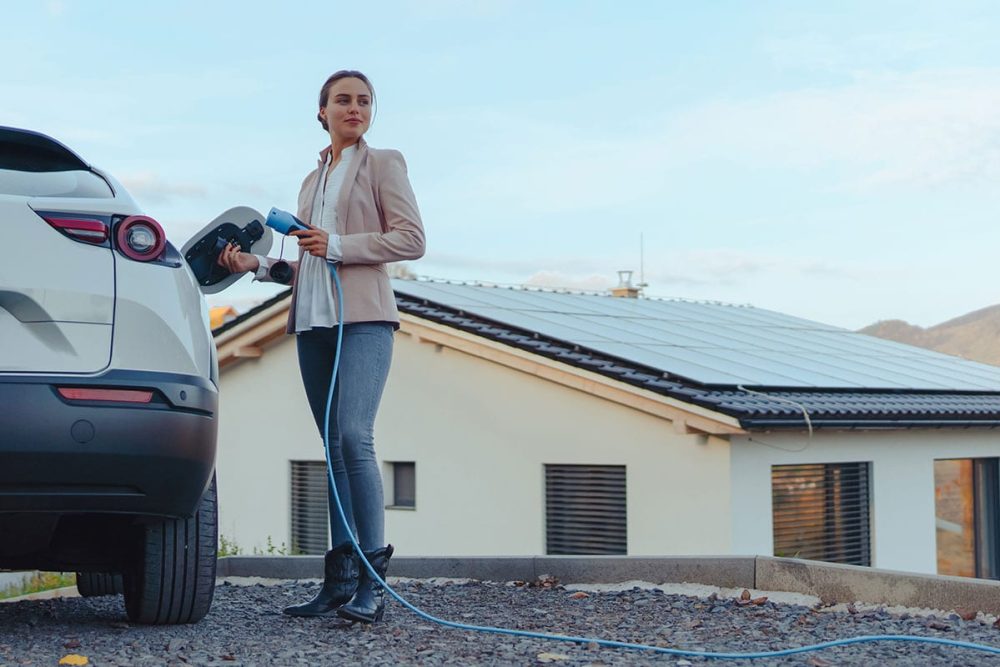So what’s required?
- Many home chargers are operated through an app, so you can set charging
times remotely although this is not always the case, in which case you’ll
need wifi. - You will need off-street parking or your own parking space if you live in a flat and the wallcharger will have to be able to access your fusebox.
- You will need to own your home or have permission from your landlord before you can install the charger.
A wallbox supplier will explain about positioning the unit but you will need some heavy duty wiring installed.
The installation will take a few hours unless there are any unexpected issues or you have requested a more complex installation requiring cables to be run underground or at height, or the charger is located a distance from the fusebox – such as in a carport or outbuilding.
Electricity providers may also need to install equipment such as double-pole isolators. Installers must seek permission from your distribution network operator before work begins.
Business Motoring Award Winners 2024
Business Motoring Award Winners 2024
Business Motoring Award Winners 2024
Business Motoring Award Winners 2024
Business Motoring Award Winners 2024
There are a number of home charger companies to choose from, plenty will show up on a search engine so shop around for the best deal. The company will send a technician to install the charger although you can get an independent electrician to do the job.
In some cases, you can get an electric car home charger tied into the deal of a new car or from an energy company.



